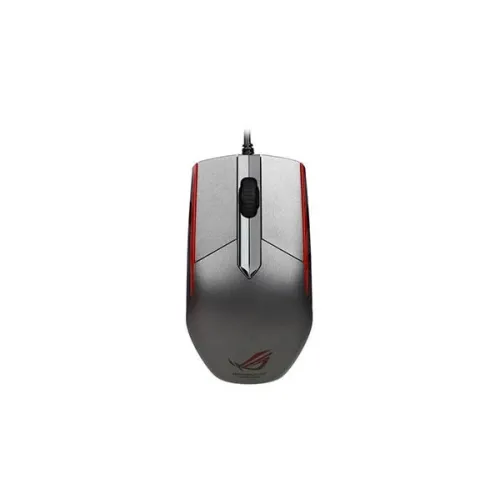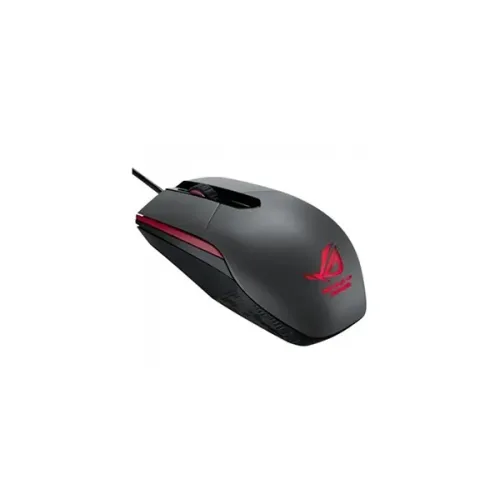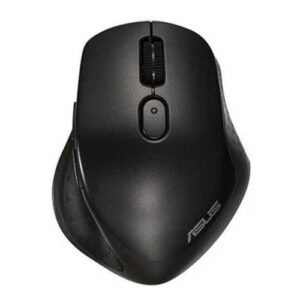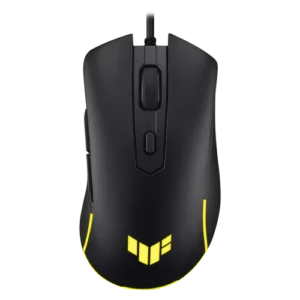Key Specifications and Features of a Gaming Mouse
When selecting a gaming mouse, several key specifications and features significantly impact performance and user experience. One primary aspect to consider is the connection type. Most gaming mice are available in either wired or wireless configurations. While wireless mice offer the advantage of freedom of movement, high-quality wired mice provide minimal latency, making them suitable for competitive gaming where every millisecond counts.
Another crucial specification is the resolution, often measured in DPI (dots per inch). A high-performance gaming mouse typically features a DPI of at least 5000. This level of resolution delivers exceptional accuracy and responsiveness, allowing gamers to execute precise movements during gameplay. Additionally, higher DPI settings enable users to make swift adjustments, catering to fast-paced gaming genres such as first-person shooters (FPS) or real-time strategy (RTS) games.
The polling rate is another important factor. Measured in Hertz (Hz), the polling rate indicates how often the mouse reports its position to the computer. A polling rate of 1000 Hz is considered optimal for gaming, as it translates to a report rate of once every millisecond. This high polling rate ensures smooth cursor movement and reduces input lag, providing gamers with an edge during crucial gaming moments.
Tracking methods are essential in defining how accurately a mouse responds to movement. Most gaming mice utilize optical or laser tracking technologies. Optical sensors are generally praised for their ability to function on a variety of surfaces with minimal acceleration, which is particularly beneficial in competitive settings.
Finally, acceleration—the rate at which the mouse can move—is also important. Gaming mice often feature controlled acceleration to maintain precision at high speeds, essential for gamers who rely on rapid movements. By understanding these specifications, players can select a gaming mouse that aligns with their individual preferences and enhances their overall gaming experience.
Compatibility and Physical Specifications
When selecting a gaming mouse, understanding its physical specifications and compatibility is crucial for optimizing your gaming experience. A standard gaming mouse typically measures 115 x 62 x 39 mm, dimensions that are ergonomically designed to fit comfortably in the hand. These measurements play a significant role in providing a natural grip, which can help reduce strain during prolonged gaming sessions. An ideal grip contributes to improved accuracy and responsiveness, both essential for competitive gaming.
Additionally, the ergonomic design often features contours that allow for various grip styles, including palm, claw, and fingertip grips. This versatility ensures that users can find a comfortable holding position, which can enhance performance in high-pressure gaming scenarios. Moreover, the weight of the mouse can also influence its feel; many gaming mice come with adjustable weight systems that allow players to customize their setup for optimal handling.
Warranty information is another important aspect to consider. Most gaming mice come with a standard one-year warranty, which provides consumers with peace of mind regarding the device’s durability and reliability. This consideration is particularly relevant for heavy users, as gaming peripherals can undergo substantial wear and tear over time.
In terms of compatibility, the gaming mouse typically supports various Windows operating systems, including Windows 7, 8, 8.1, and 10. This broad compatibility allows users to connect the mouse seamlessly, regardless of the operating system they are using. Some gaming mice also provide advanced features that may require specific gaming software, allowing gamers to customize settings such as DPI levels, button assignments, and RGB lighting effects, further enhancing the overall gaming experience.





